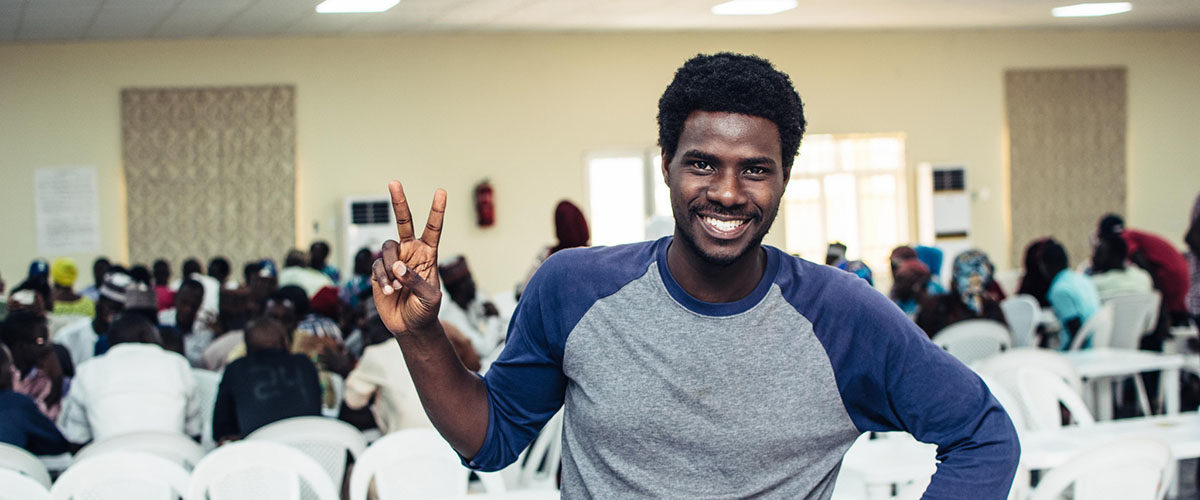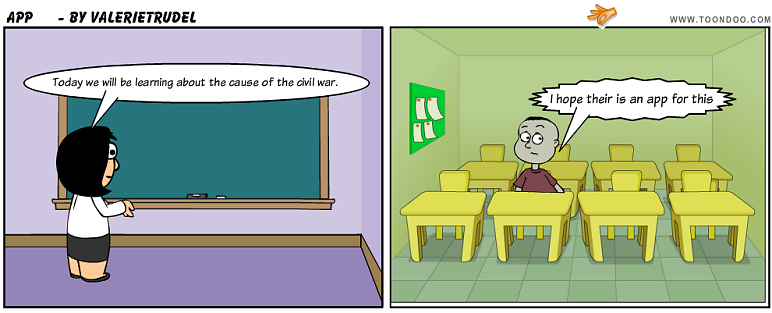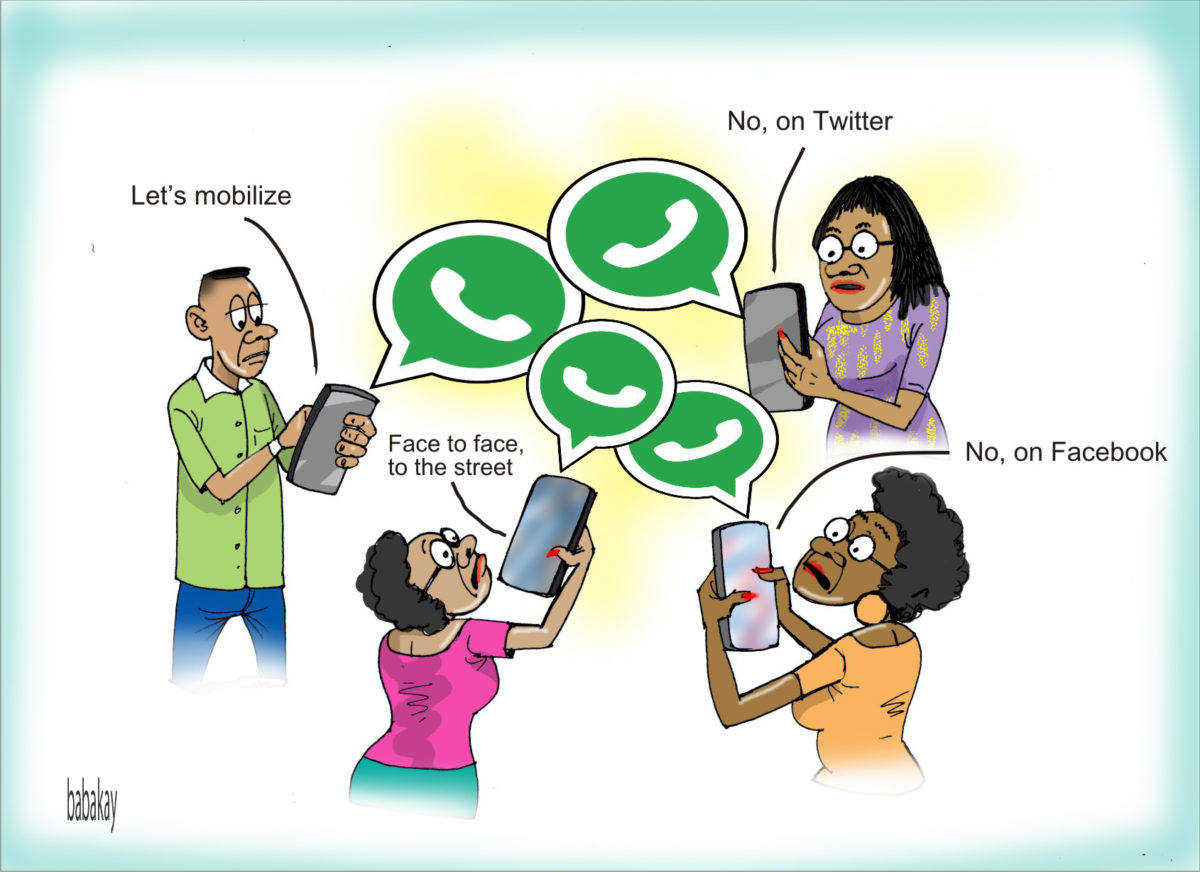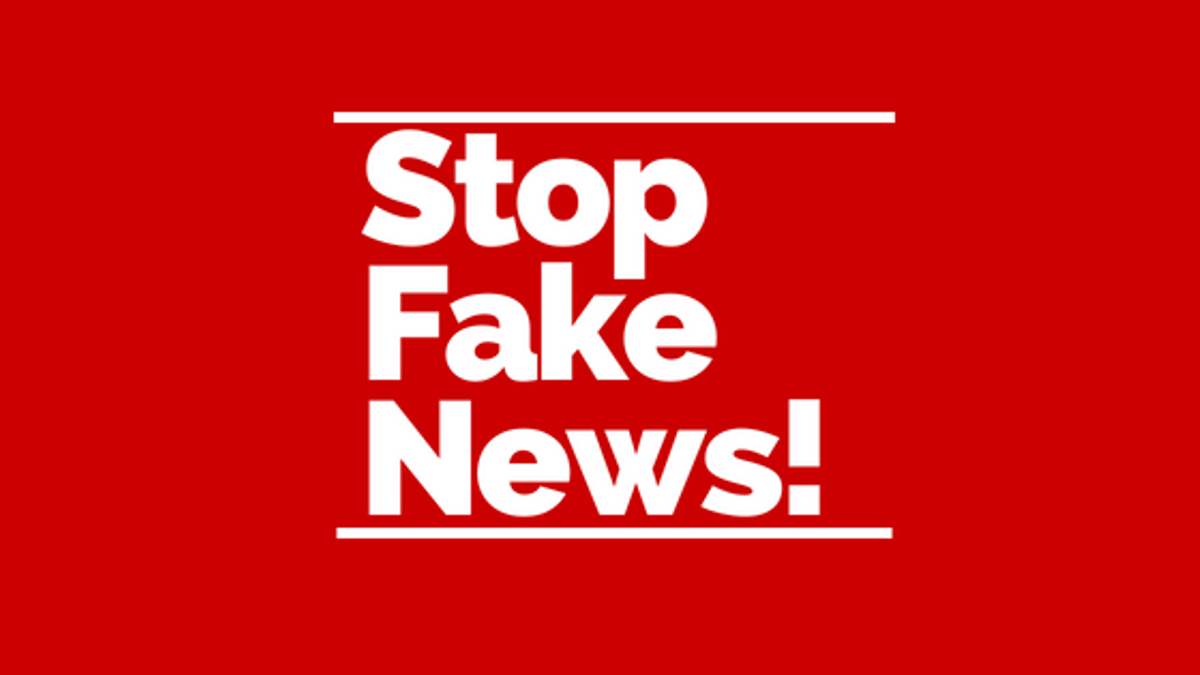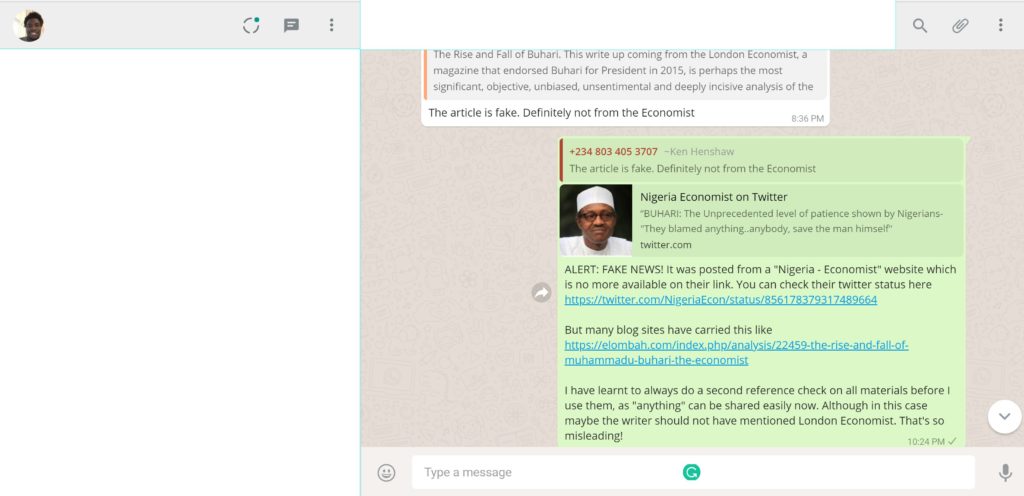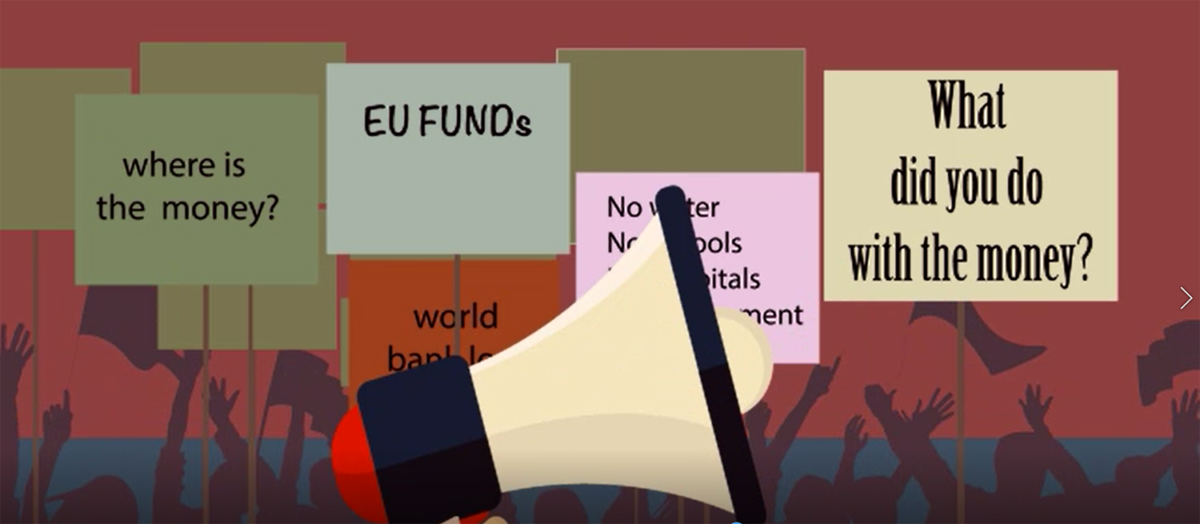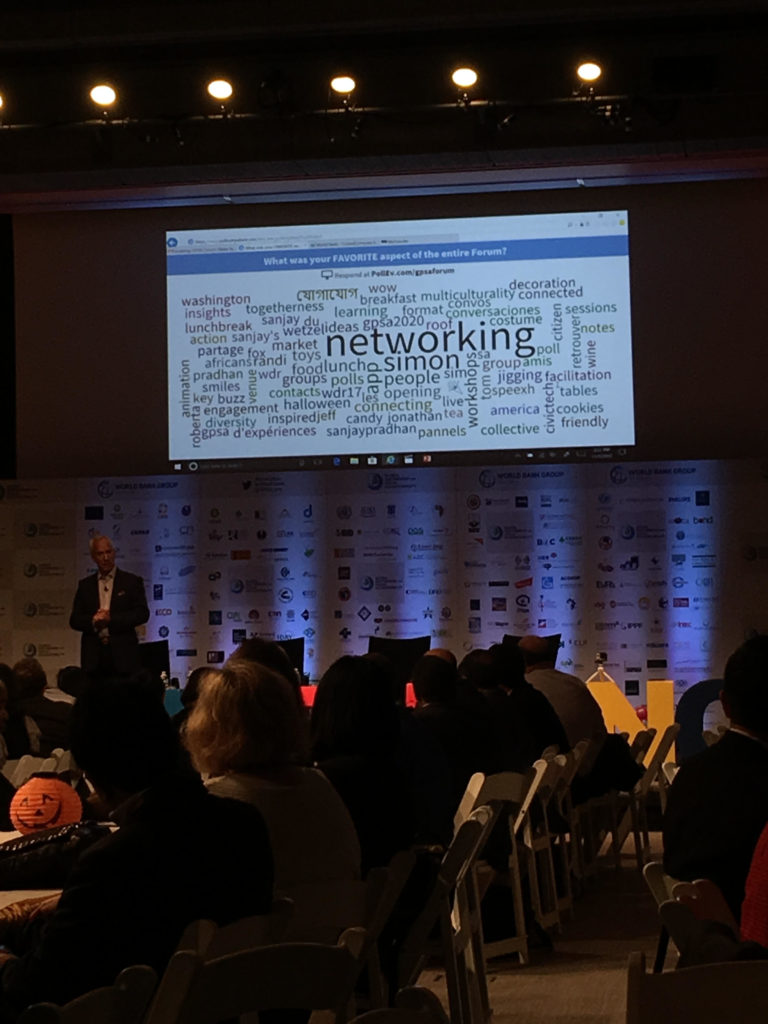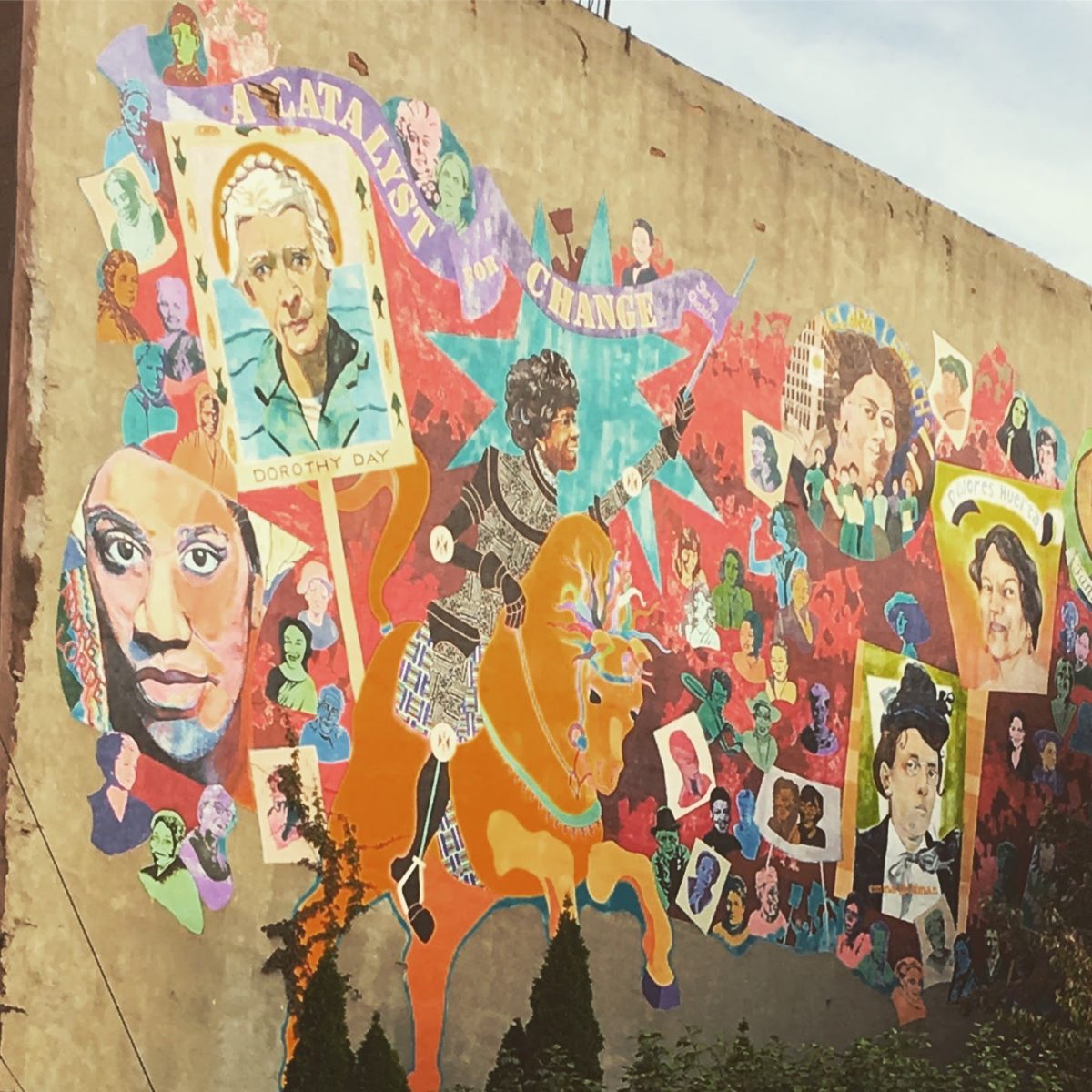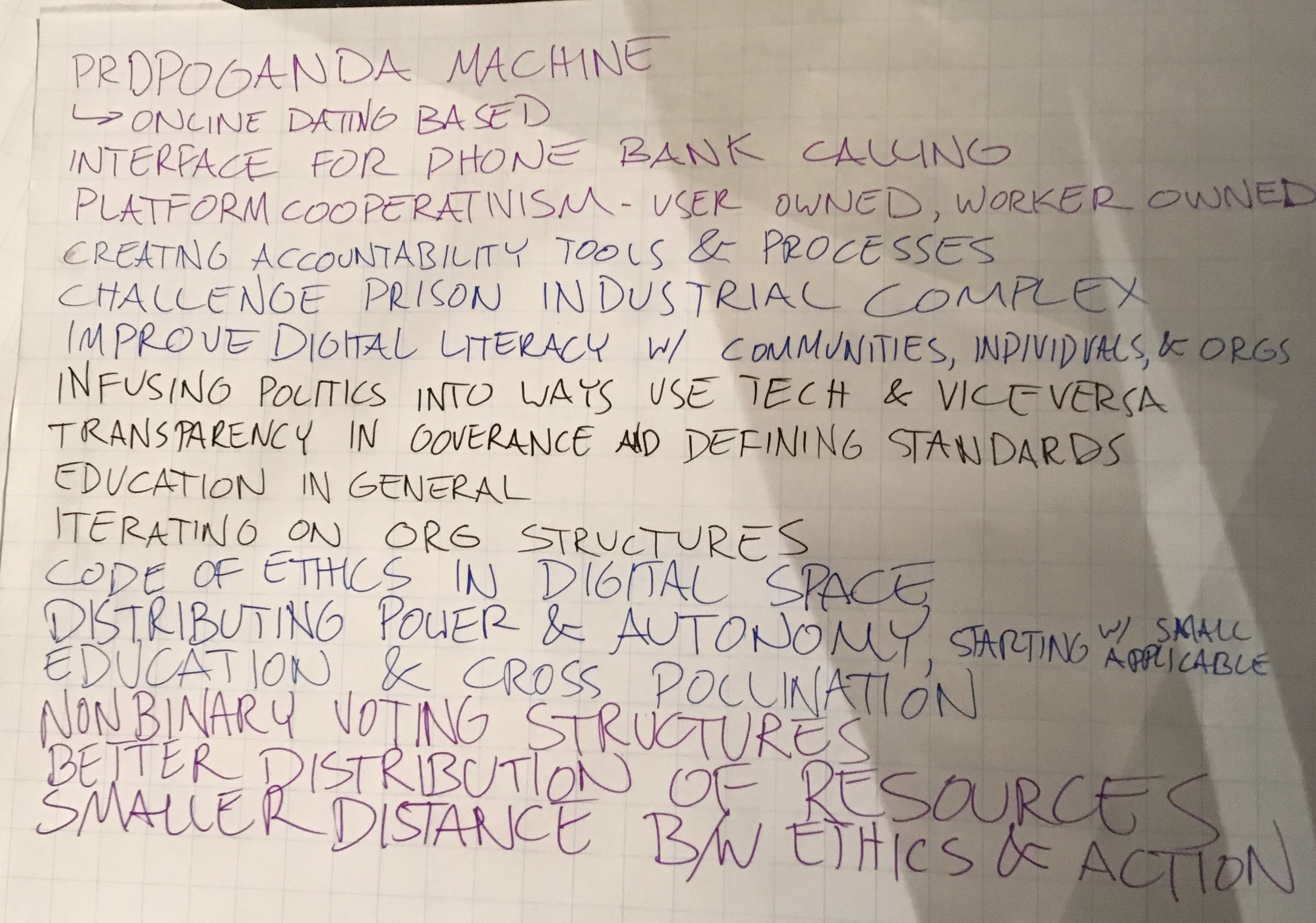As a civil society organization, or individual, mobilizing citizens to make sure public services providers are accountable, you must also be transparent and accountable. The morals we hope to see exhibited by our government must also be shown by your organization or, you as an individual. This includes making your budget available online, filing tax returns when due, conducting audit reports within your organizations. The best practice is to make it available to your members, and your government.
Non-Technology means are still the most effective for demanding accountability from public service providers. Organizing town hall meetings, attending quarterly parliamentary meetings, memo submission to parliamentarians, attending public hearing discussions should be considered as part of your activities. Highlights from all nine organizations, interviewed for the handbook, ascertained that these traditional methods are at the core of their work.
The combination of offline (Print, Radio, TV) and online technologies such as Facebook and Twitter are very important for organizations working around social accountability. If social accountability is about the real citizen’s voice, then your campaigns should take cognizance of communities that cannot be reached online but through offline means.
Instead of building new tools, collaborate with existing organizations working on social accountability. This may also include making your initiative work with established workers unions, community associations, and other civil society organizations (CSOs) working in the same space. Think of partnering with CSOs from neighbouring countries as well, aiding cross-border collaboration.
The use of these technologies should consider how the government will be able to respond to citizens voice been amplified. Some of the success stories were influenced by the creation of partnerships with government agencies. If possible, partner with government anti-corruption agencies in your country.
Create a partnership with Independent media organizations or trusted traditional media organizations in the broadcast and print. While there is free access to the new media, there is great need to take into consideration the followership garnered by existing broadcast and print media entities.
